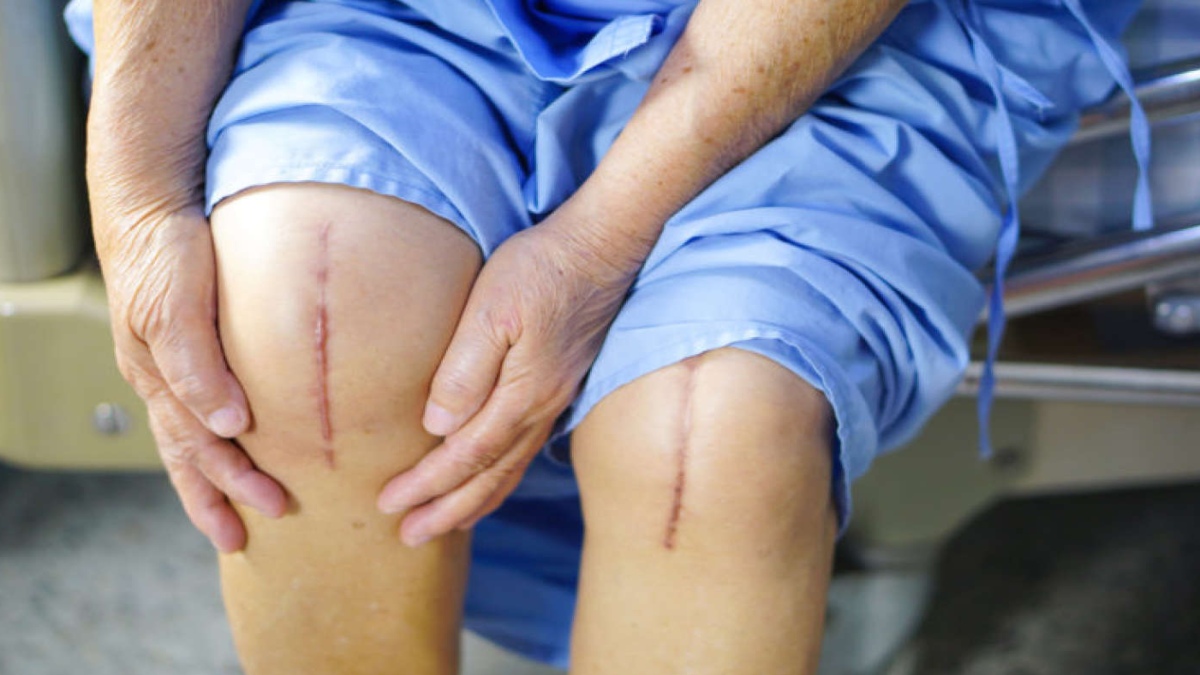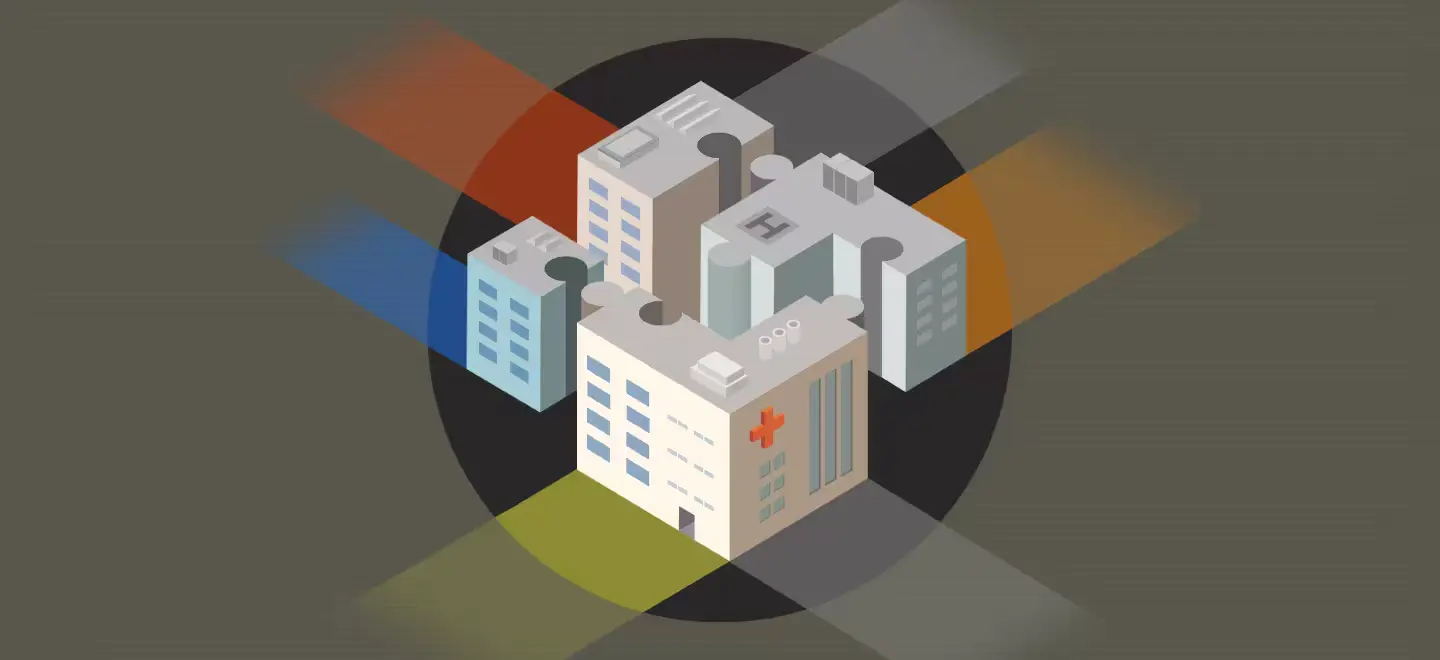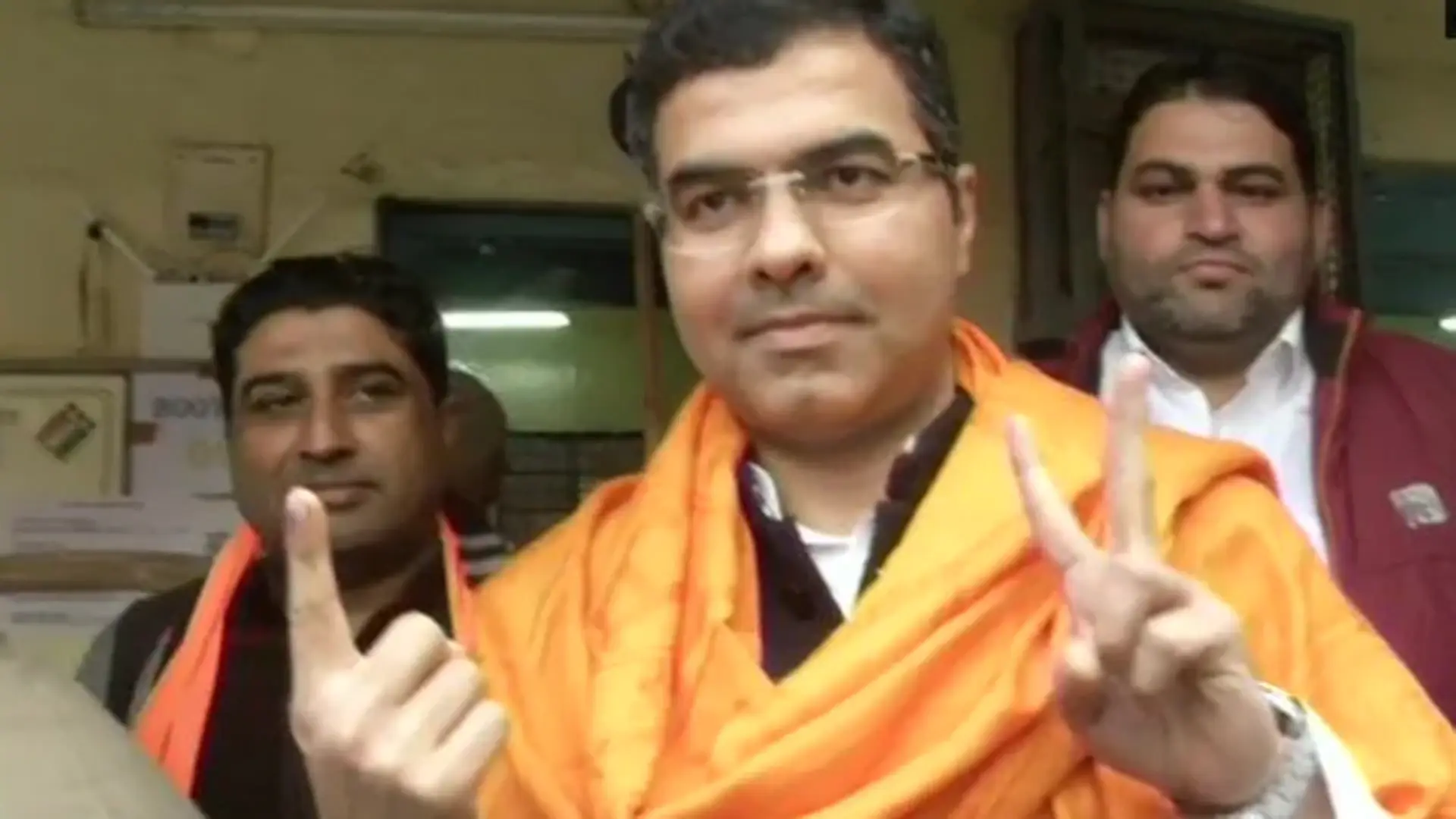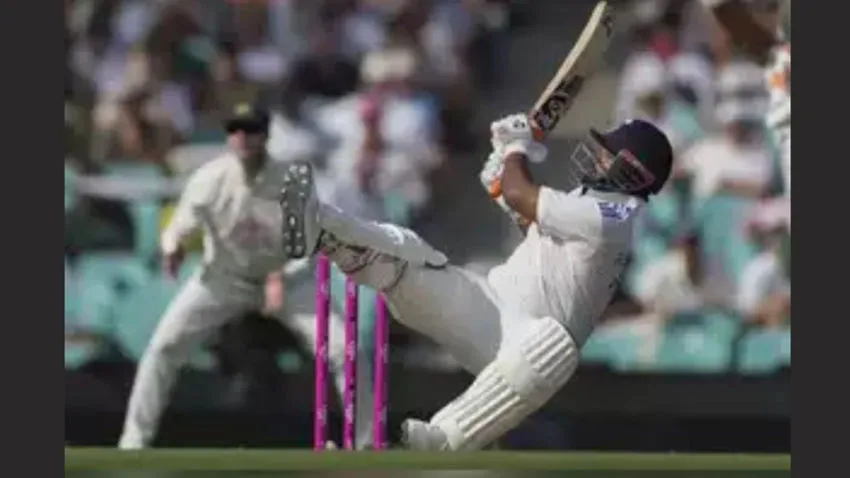Total Knee replacement surgery is now widely accepted as a precise, repeatable and successful surgery. A large number of cases of knee replacement surgery are carried out in India itself. With better trained doctors and good hospital infrastructure, the results of knee replacement surgery are getting better every day. However, there are a few patients who are not satisfied with their knee replacement surgery and they continue to experience pain. We need to identify the reasons for this and ensure that this does not happen.
Q. What to expect after surgery?
A. With better tissue handling techniques and accelerated rehabilitation methods, most patients can start mobilising 3-5 hours after surgery. There is some pain of the incision and sutures. Post surgery as the patient starts exercising, the pain gradually becomes much lesser and depending upon the person’s body type, age and deformity before surgery, it should go away within 25 to 30 days. With robotic surgery, the mobilisation is much faster and the amount of pain is much lesser and patients bend their knees much faster and more. Some might take a little longer than the others, especially if their muscles and bones are weak or they are elderly. Even comorbidities like diabetes or kidney disease can slow your recovery. If a person doesn’t have the above-mentioned conditions, then they should not have any pain and the joint should start feeling normal.
Q. What to do after discharge?
A. Here are the few tips a patient undergoing knee replacement surgery should follow to speed up his/her recovery process:
Follow doctor’s instructions diligently: The patient should make sure that he/she is adhering to the doctor’s instructions. Many times people often ignore their surgeon’s suggestion and become doctors on their own by self-medicating. Such instances often yield poor results.
Exercising properly: Most patients can begin their knee exercise within hours of the surgery. But, they have to ensure that they are not overdoing the exercise because even that can cause some stretch pain or can hamper the alignment.
Avoiding falls: This is mostly experienced by elderly people. They should use crutches, a cane, a walker, and handrails to get around postoperatively until their strength, balance, and flexibility have improved.
Q. When to see a doctor?
A. The big question is of persistent pain even after knee replacement surgery. Let’s understand the causes for pain after surgery also. In the initial period, the pain is of the incision and the surgical invasion itself. As that goes down gradually with exercising, the pain can be coming from the spine or the muscles which are weak. Pain after that could be due to weak muscles – mainly the quadriceps of the thigh muscle which brings the leg straight up.
One very serious complication can be infection, which of course in any good centre now with the operation theatre discipline and bacteria free filtered air in OTs should not happen but if a patient has any redness with pain or swelling, high fever then he/she must immediately consult the doctor. Infections require immediate treatment to prevent further serious complications. Although the rates of infection in any good center are less than 1 percent in world, there is no harm in consulting the doctor once and ruling out these conditions.
Another reason for dull aching pain that goes on for months together is malaligned component or a knee which is not balanced properly. With the use of robotics, the artificial components put inside are actually balanced throughout the range of movement and the stretch on the ligaments is accurately assessed on the operation theatre itself. This ensures correct tracking of the knee just like the natural knee joint and hence no pain.
The writer is Orthopaedic & Robotic Joint Replacement Surgeon, NHS Hospital, Jalandhar























